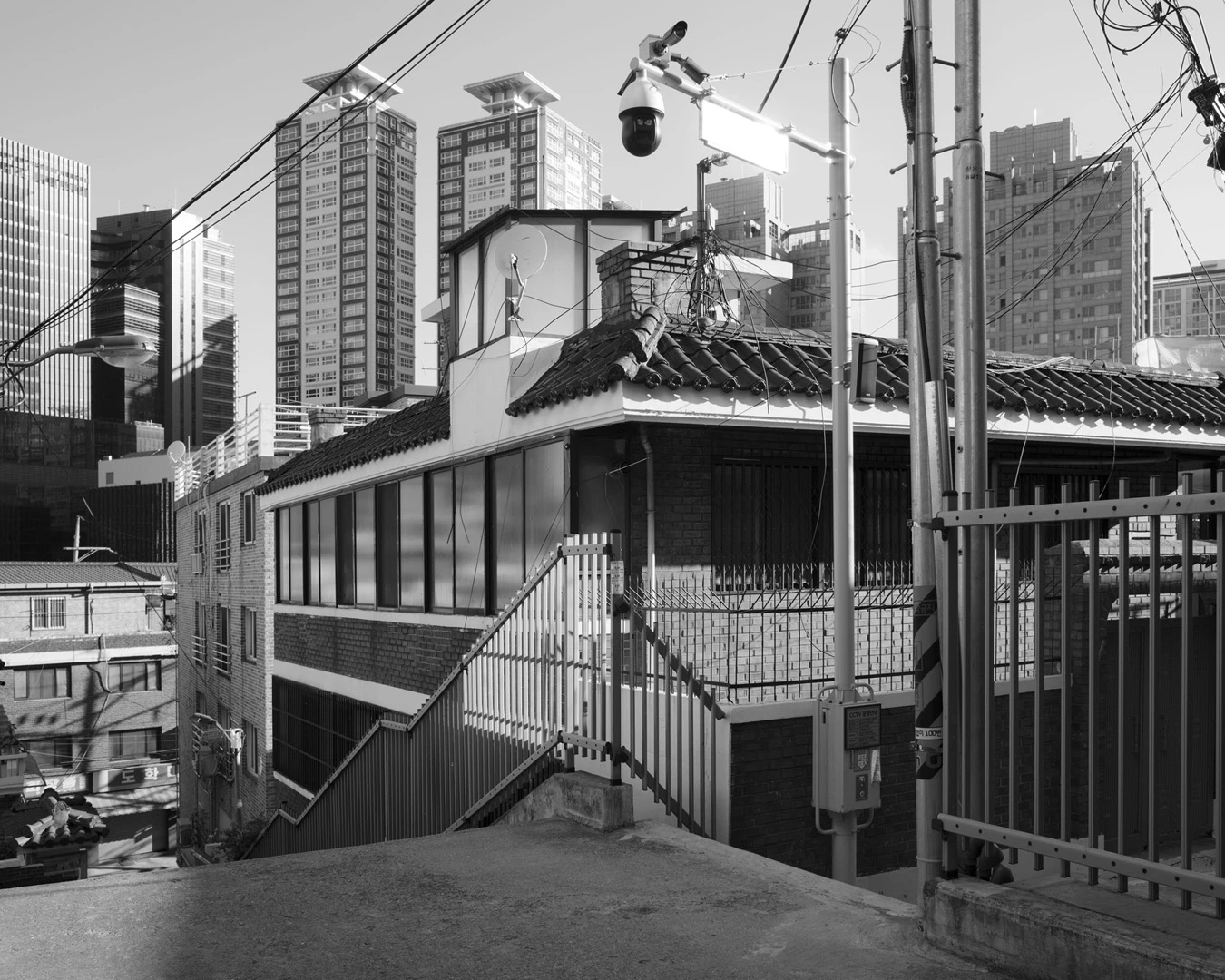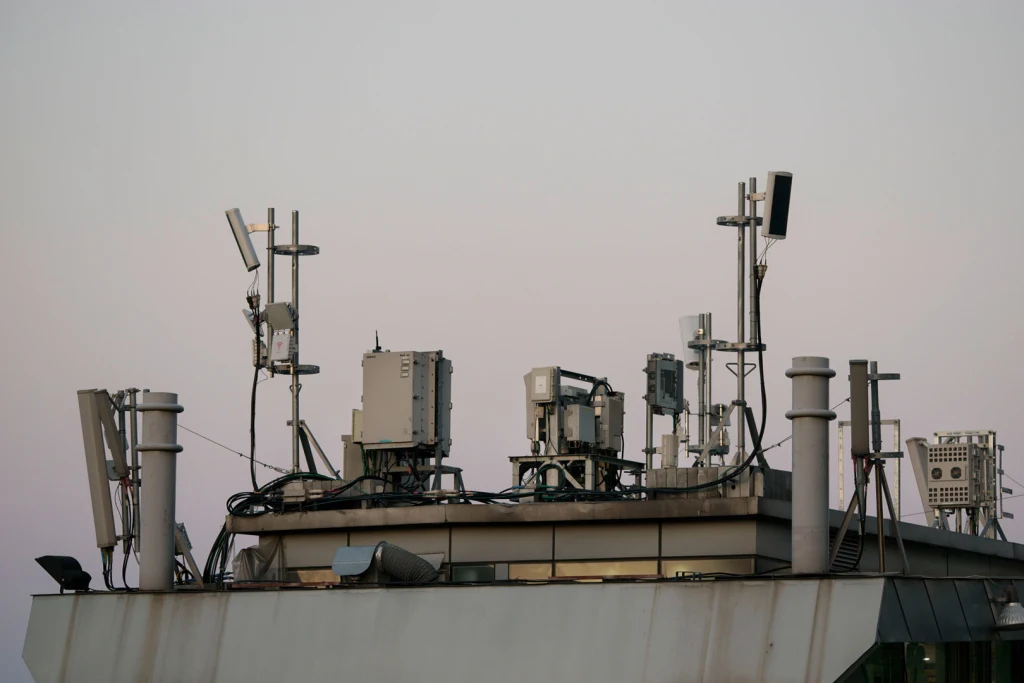Today’s digital climate has changed the relationship between privacy and exposure, forcing users to negotiate the cost-benefit between sharing content online but being monitored as a result. Facebook was once heralded as a brilliant platform for connectivity; now, the multibillion-dollar company’s reputation is complicated by allegations of mass surveillance and data selling. While technology has played a large role in surveillance for more than 150 years, the feeling of being watched can manifest in the physical world, too.
German photographer Michael Gessner is exploring how our interests and behaviors are monitored—on the internet and in real life—in his new book, Masse. This collection of images looks at surveillance through a sociological lens: how it becomes a power dynamic between the viewer and the subject, and unpacking whether being rendered invisible is a privilege or erasure.

The prevalence of data mining is a slippery slope, one that demands, if nothing else, a measured approach.
Gessner illustrates surveillance’s global presence by focusing on cameras and where they are nested in various environments. From Berlin to Seoul to New York, the photographer focuses his lens on the lenses looking back at him—an ominous commentary on how policed we are in both public and private spaces. “The images of surveillance cameras are meant to offer the observer a safe and unobserved vantage point from which they can take their time to really contemplate these objects,” says Gessner. “It was less important to me to place myself in the position of the ‘watcher’ and rather create a situation whereby the normal positions of watcher and watched are reversed, re-empowering the viewer.”

Masse, which Gessner describes as a “snapshot of current surveillance technology,” bridges the analog and digital worlds through its existence as a printed book. “It was important to me to play with the irony of presenting or even preserving something digital in an analogue medium,” he says. Print, as a medium, also allows for the viewer to meditate on the types of surveillance Gessner observes—like CCTV cameras and city satellites—and their own role in the exchange.
In all of his work, Gessner relies on changing perspectives and environments to explore how individuals interact with the world. By documenting both empty streetscapes and urban centers filled with pedestrians, the photographer tasks the viewer with making sense of what we zoom in on and what we ignore. Gessner says: “This shifting of focus is also reflected in the practice of surveillance.” Masse is available for preorder now and will be released later this month.
Recognize your brand’s excellence by applying to this year’s Brands That Matter Awards before the early-rate deadline, May 3.



















